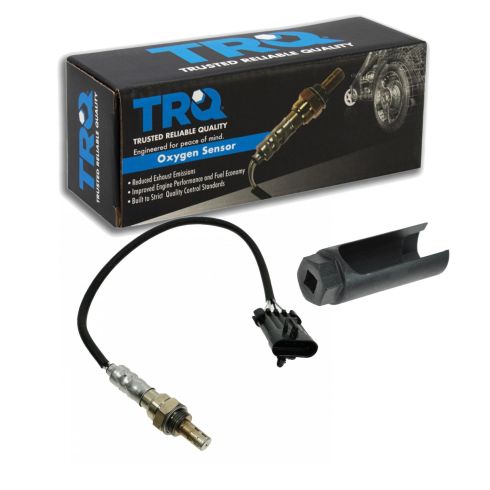1AEEK00514-O2 Oxygen Sensor TRQ OSA61630



Replaces
2002 Isuzu Rodeo Sport L4 2.2L Upstream Bank 1 Sensor 1 O2 Oxygen Sensor TRQ OSA61630


Recommended for your 2002 Isuzu Rodeo Sport
Product Reviews
Loading reviews
Customer Q&A
No questions have been asked about this item.
Isuzu is a registered trademark of Isuzu Motors Ltd. 1A Auto is not affiliated with or sponsored by Isuzu or Isuzu Motors Ltd.
See all trademarks.













